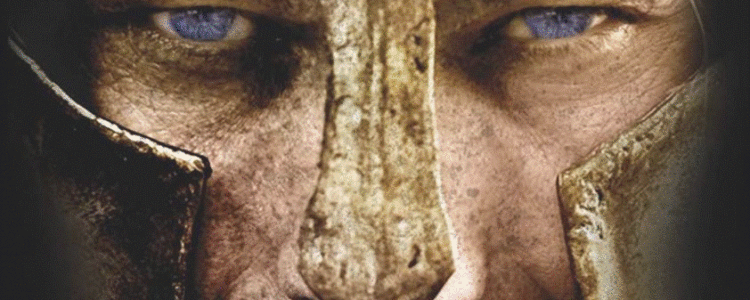What chariot team did Emperor Caligula favor?
Caligula was very passionate about the races. He was strongly attached to the Party of the Leek, whose team color was frog-green. Cassius recorded that Caligula was known to poison the charioteers and horses of rival factions (Cassius Dio Book LIX, chapter 14).
What Emperor forbade general kissing?
According Suetonius, Pliny, and Martial, Tiberius banned kissing for both hygienic and moral reasons. This particular edict also forbade the exchange of New Year's gifts after the Kalends of January (Suetonius, Tiberius 34.2).
Some Roman engagements were not official until what?
Several types of marriage ceremonies and betrothal contracts existed in ancient Rome. During the era of Emperor Constantine, a public kiss, or osculum, formed a legally binding engagement. Constantine decreed that if a sponsa (bride) died, the fiancé must return all gifts received from her family, regardless of whether or not the contract was officially sealed with a kiss. (See First Century Life: Hand In Marriage & Tie The Knot)
How tall is the Colosseum?
Rome was nearly 800-years old when the Colosseum opened in A.D. 80. It accommodated approximately 50,000 spectators, and had over 80 entrances and 36 trap doors. In addition to free food and admittance, there were water fountains, snack bars, and indoor restrooms. Shade was provided by a massive canvas canopy operated by a team of one thousand sailors. Area beneath the Colosseum (hypogeum) had two subterranean levels with tunnels and 32 animal pens. Eighty rope and pulley "elevators" provided immediate stage access for scenery, animals, and gladiators. (See First Century Life: Gladiators)
According to Juvenal, Roman's were doomed to everlasting insomnia. Why?
Due to congested roadways, in 45 B.C., Julius Caesar enacted the Lex Iulia Municipalis laws. Urban daytime traffic was restricted to pedestrians only, with the exception of government officials and specific religious festivals. Wheeled conveyances and animal transport were only permitted to travel in Rome from 2-hours before sunset until just before sunrise. The constant din and racket from after-dark traffic effected even the most sound of city sleepers. (See First Century Life: Night Traffic)
The chariot ruts in Roman roads affected what?
Early Roman chariots were built to fit the width of two war-horse's rear ends. After time, chariot and wagon wheels etched grooves into the surface of the road, forcing other conveyances to match up to the same wheel spacing. Eventually this measurement was adopted as the American standard railroad gauge of 4-feet, 8.5 inches. Modern rail tunnels were designed to accommodate this size specification, which in turn effected the maximum breadth of freight and payloads. As the train system was used for the delivery of the space shuttle's solid rock boosters, their ideal width had to be modified in order to fit the tunnel dimensions.
In 215 B.C., the Lex Oppia law forbade women to do what?
The Lex Oppia was the first in a succession of Sumptuary Laws. It was specifically designed to limit a woman's wealth, and also her display of it. Females were forbidden to ride in a carpentum inside the city of Rome, or within 1-mile of the outskirts. According to Dio Cassius, the carpentum was a two-wheeled carriage with an arched covering, and was considered a conveyance of the privileged. Women were also prohibited from possessing more than half an ounce of gold, or to wear multicolored garments (especially clothing trimmed in purple). The Lex Oppia was repealed in 195 B.C., but by the first century A.D. was reinstated. Later Sumptuary Laws regulated food, clothing and luxury purchases of both men and women.
According the Pliny the Elder, who looked for employment in the Macellum?
The Macellum was an indoor food market near the Temple of Pietas. Filled with a vast array of gourmet delicacies, it was an opportune place for cooks to obtain employment from wealthy households. (See First Century Life: Apicius)
What was considered moving-day?
Tiberius passed an ordinance making July first the earliest date for renting houses and rooms (Suetonius: The Life of Tiberius 35).
How were infants cured of hernias?
Pliny: The Natural History 30.47 "After the child has been bitten by the green lizard, attach it to a reed and hang upside down in smoke until the animal dies. Ashes of burnt snails, applied with frankincense and the juice of white grapes, are also a cure of hernia in infants if applied for thirty days consecutively." Pliny also notes that the slime of snails, applied to the eyes of children, straightens eyelashes and makes them grow.
Share your Results :
Share your Results :
Share your Results :
Share your Results :
Share your Results :
Please share this quiz to view your results.
